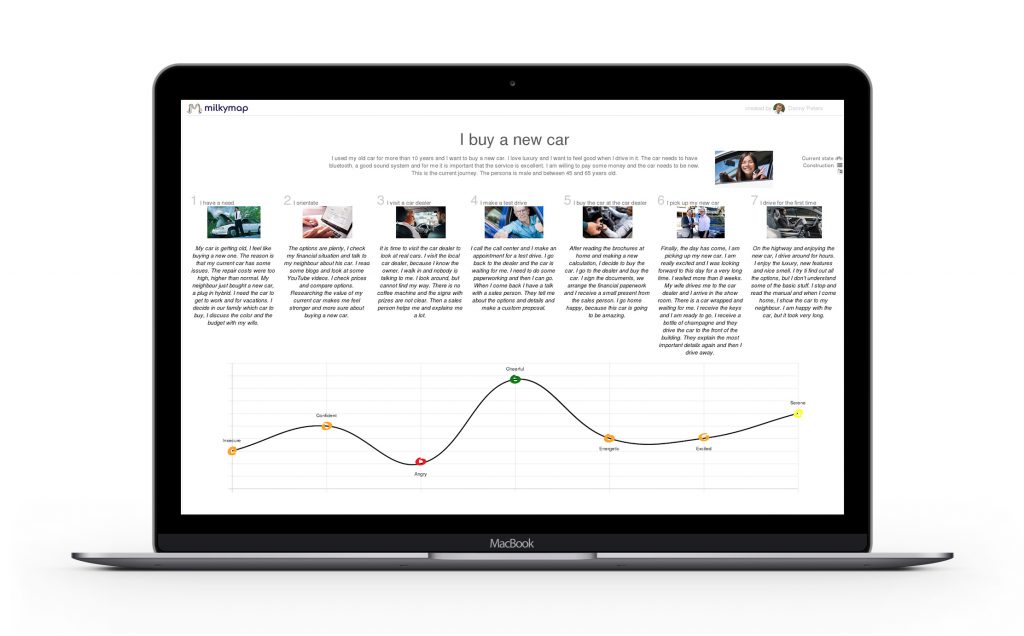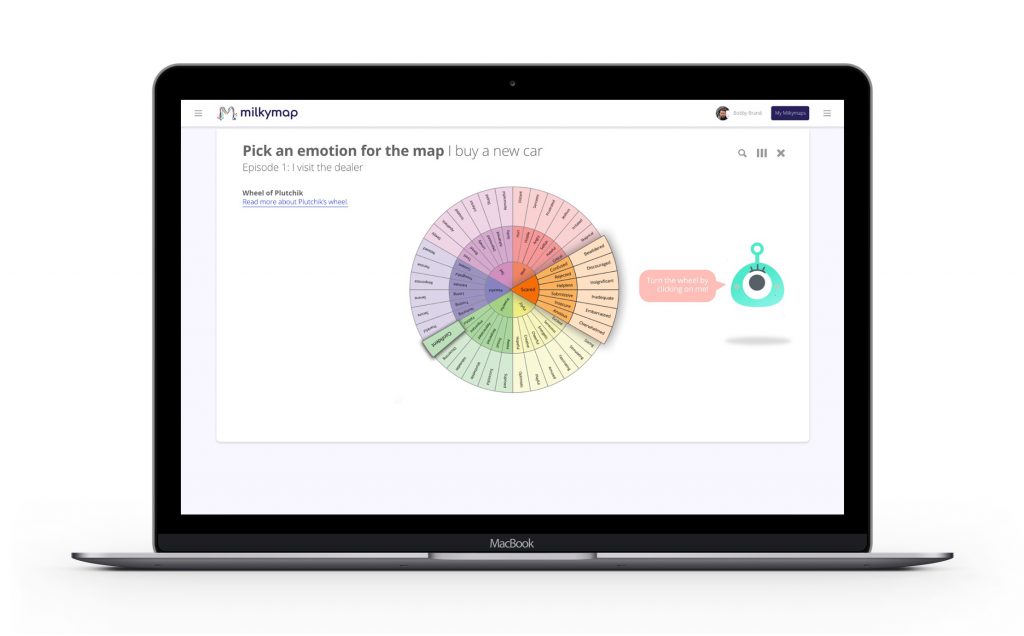An efficient customer journey map is one that provides a visual overview of how customers interact with your website, products, and business across multiple touchpoints. The process of customer journey mapping can become unclear if the scope is not clearly defined. Let us discuss how we can identify the nuances of the customer’s journey in six simple steps and get as accurate as possible a representation to obtain the desired outcomes.

#1 Determine the scope
The first step towards creating an effective customer journey map is by scoping. The reasoning behind the undertaking of this procedure needs to be clear to the customers as well as the internal stakeholders. Drawing appropriate inference while determining the scope can not only influence the approach but also the overall output of the customer journey mapping. A thorough discussion regarding the purpose of creating a map, the processes involved, target personas, internal stakeholders, channels, and the title of the customer journey map.
#2 Outline the episodes
Next, you should etch out the episodes that formulate the storyline of the persona’s experience. The overview of these episodes is presented in a logical and coherent manner like chapters of a book. Within these chapters, we find different touchpoints that help us think from the customer’s perspective with adequate context. It is always best to keep the number of episodes between five and seven to curate the appropriate list of touchpoints in the next step. An example of creating such episodes can be I have a need, I get info, I sign the contract, I use the service, I pay the bill.
#3 Identify the touchpoints
A touchpoint can be aptly defined as the moment in time when an interaction happens between a customer and your product, service, or business in general. Such interactions between a brand and a potential customer via any number of direct or indirect channels. Any action of a customer is aided by an intention which further has an impact on the customer’s experience and emotion towards your brand. The general structure of a touchpoint goes like this: I [verb] [channel] [reason]. Carrying forward the previous example: “I visit the website because I want to change my address” could be categorized as a touchpoint in the journey.
#4 Overview of the touchpoints
Once all the significant touchpoints have been identified, the next step in customer journey mapping is to cross-check by asking essential questions to ensure that the touchpoints have been categorized in the correct episodes. It is important to check if they are structured correctly, have appropriate order and structure, are relevant enough and are not overlapping in the same episode. This kind of validation leaves room for an addition, modification, and deletion in the touchpoints before moving further ahead in the procedure.
#5 Visualize the scenario
In order to create a meaningful customer journey map and storyline, we need to be able to convey the story effectively. One way to do this is to discuss and choose the collective touchpoints that are observed the most from the customer’s perspective and has the most impact. This collective set can be termed as a scenario. A customer journey map has no more than two scenarios and these can be presented to the management or business departments via eloquent storytelling or a fluent narrative. 
#6 Depict the emotion
Finally, it is of the utmost essence that the customer journey mapping indicates and includes the emotion and the extent of the emotion of the customers. The emotions to be analyzed can be both, towards the brand in general or towards specific touchpoints. These can be depicted through a scientific background inspired by learned individuals like Robert Plutchik and done in a concise and definitive manner. The data can be based on well-rounded market research and validated by internal stakeholders and real customers.
Conclusion
Customer journey mapping is all about storytelling from the persona’s point of view. It helps any business to dedicate desired efforts to smoothen the kinks or the pain points and enhance the touchpoints. It is an integrative process that eliminates the silos and maintains a cohesive workflow within the internal processes. The process turns out to be the most fruitful as and when the end results are communicated to the larger team and appropriate follow-up actions discussed in detail.
Click here to start journey mapping yourself.
